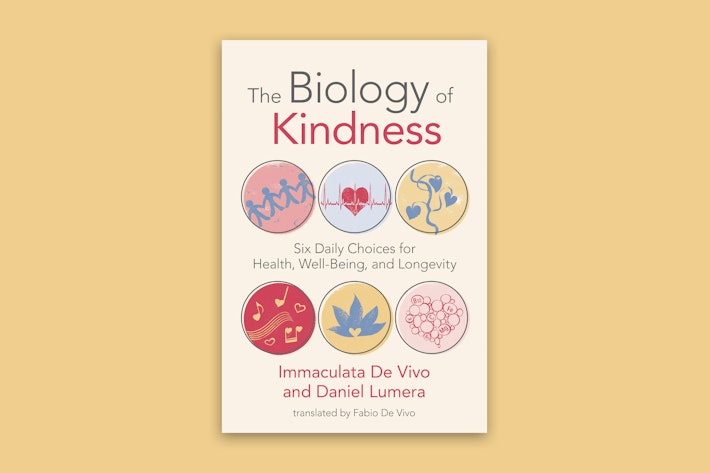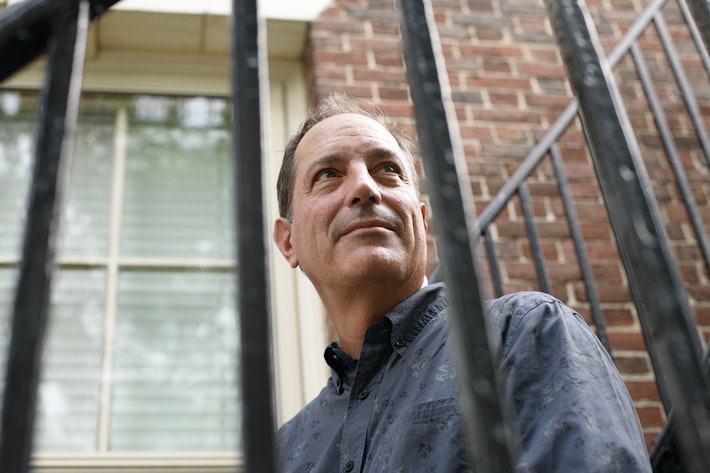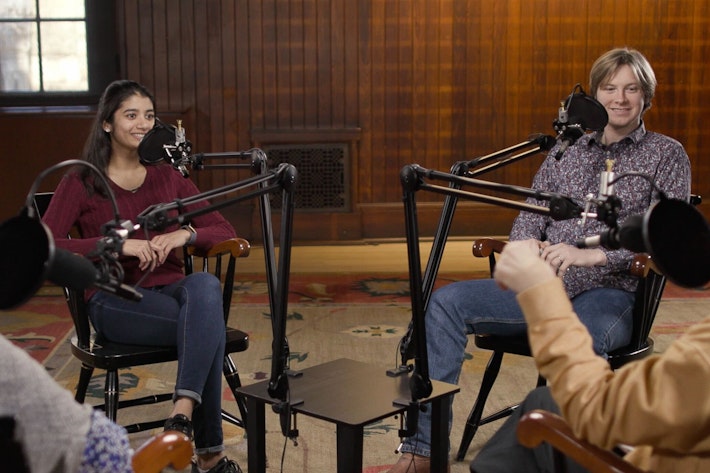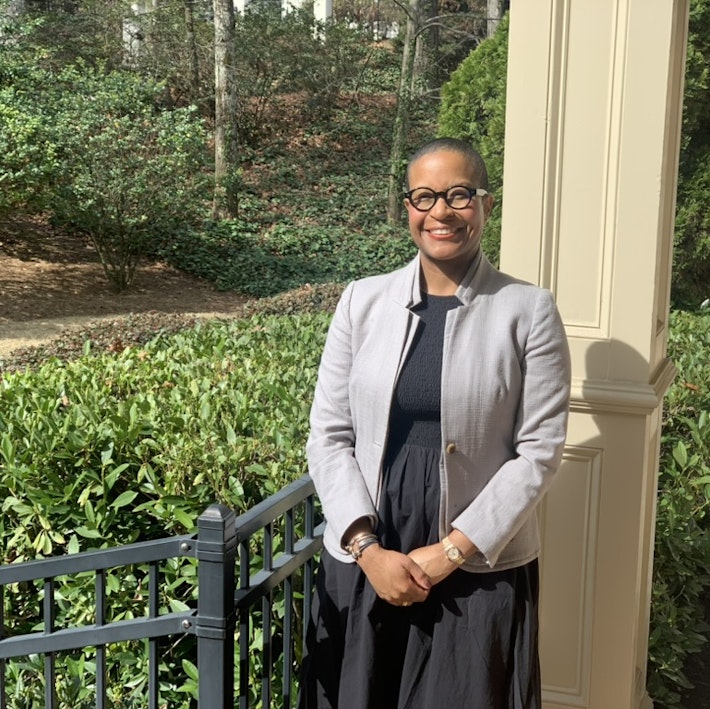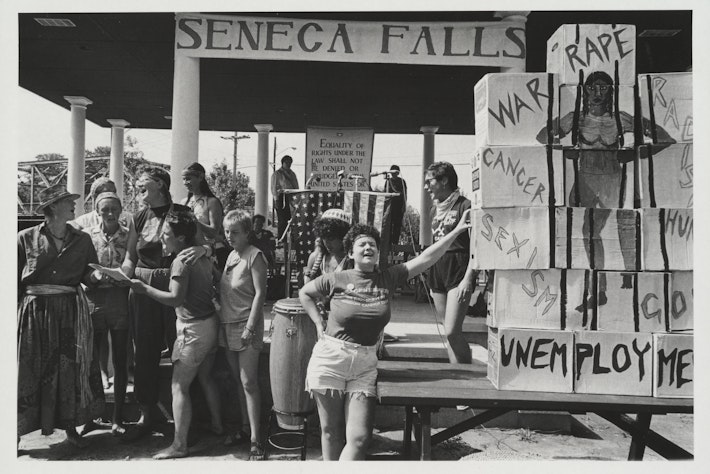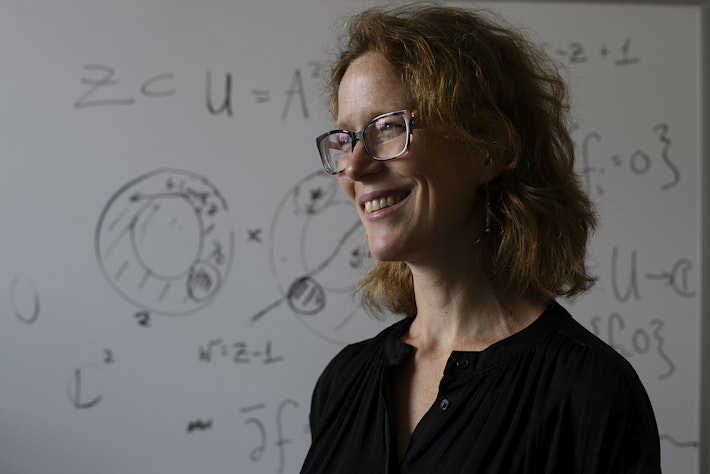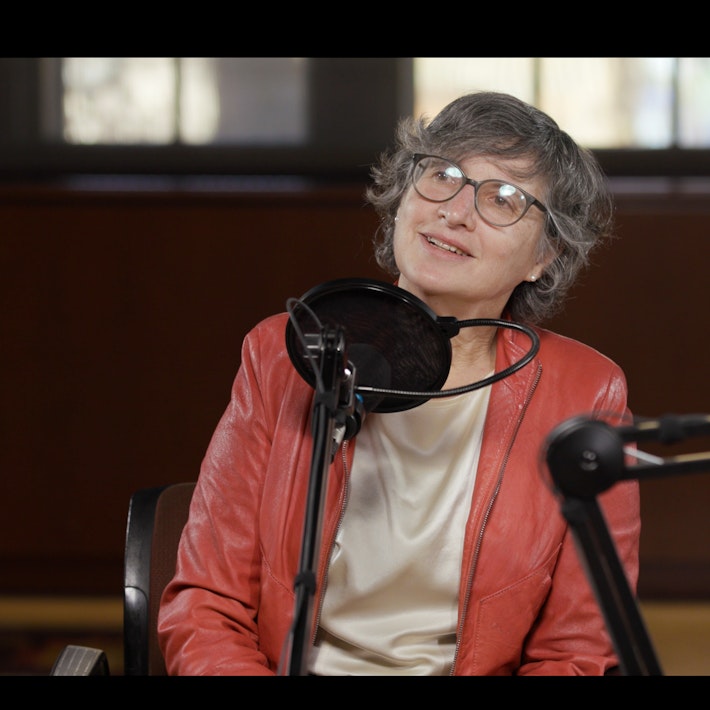Accompanied by Horn
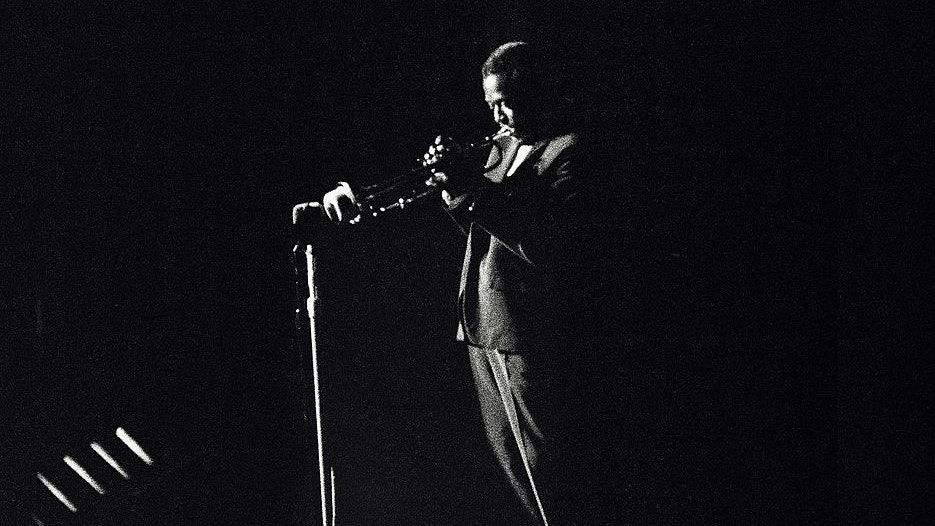
During my last month at Radcliffe, May 2015, a neighboring fellow presented me with a cutting from the hoya in her office.
Since then, there has been a hoya in my office, here in Sioux Falls, amid stacks of paper and jazz albums. The plant produces question-mark arcs of bare stems. Leaves come second, and quite suddenly. Full-grown hoya leaves are thick, waxen, and look as if they’d produce a nice pointed flame if you touched a match to them.
This year, I see that process of growth in another way. It makes me think of the adult tendency to hold back grief as long as it can be held, before the hitch in breath, heaves of sorrow climbing a fence within and foresting the conversation.
I’d never before equated grief with the color green, the hue of spring and summer. But never in my lifetime has pain been inflicted with such swiftness on so many friends and loved ones. And the suffering—yet unabated—continues to illuminate the ways the frailty of flesh is grafted to the weakness and/or malignancy of certain institutions.
Like the hoya, people cannot survive, let alone thrive, without oxygen and clean water and light. One clear measure of a society’s success is how much of each is gained by its citizens over a lifetime, and how much lost or stolen from them.
Because of what has happened, I’ve also heard music differently. In particular, the Miles Davis solo from his quintet’s December 23, 1965, performance of “Yesterdays” (a Jerome Kern melody) at a Chicago club called the Plugged Nickel.
All I heard before was the song’s surface of romantic sadness, a “My Funny Valentine” feel. Now I know the depths: the turbulence, frustration, and determination that suddenly have a fresh parallel in the rhythm of awful news that keeps disrupting everyday activity. The instruments—drums, trumpet, bass, tenor saxophone, piano—speak at one another from a fraught distance, as if each were isolated on a different edge of a chasm perhaps only art is capable of crossing.
Drummer Tony Williams initiates the tune with five harsh beats echoing like a garbage pail bouncing down steps to hit the sidewalk with a double thump.
Seven seconds later, Davis, on trumpet, begins scrawling his picture as bassist Ron Carter provides spare accompaniment. The first horn notes climb tenuously. Next there are clusters of bleats separated by pauses: a kind of call and response with one speaker playing both parts. Phrases end in question marks. Not until two minutes and 24 seconds into the song do we hear what might be termed a regular “finger-snapping” drum groove, and then trumpet notes jab through the smallest openings between beats. Solo turns on sax (Wayne Shorter) and piano (Herbie Hancock) pick up the narrative of history’s torque: destruction and creation rooted side-by-side. It feels like night in the back of the throat.
The Broadway nostalgia of “Yesterdays” was no match for Davis’s revolutionary imagination. In the summer of COVID, I played the song again and again, tapping into the power of art as I always do when in crisis, and stared straight ahead at the hoya, which, by the poetry of accident, was thrusting forth the punctuation of a new stem.
What is a given in a society when vast swaths of the population are denied adequate health care, living wages, honest education, proper legal protections? To live can mean hiding until you die—or taking the big chances, and making the big changes, that not hiding entails. That is, finding a way to embrace the proposition that our most vulnerable episodes can be our best chances to thrive: transformative moments in which the impact of confusion is absorbed and expelled with a tuneless hiss.
This essay appeared in the Fall 2020 issue of Radcliffe Magazine.
Ben Miller was a 2014–2015 fellow at Radcliffe. In the fall, his work appeared in Best American Experimental Writing 2020 (Wesleyan University Press, 2020) and in Black Mountain College Studies, Fiction International, and Raritan.
